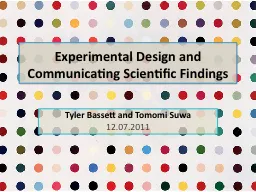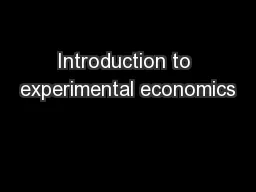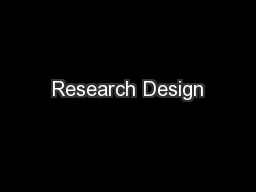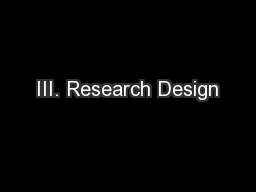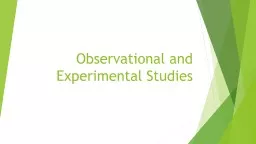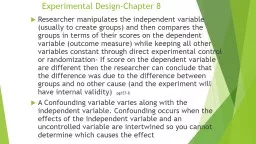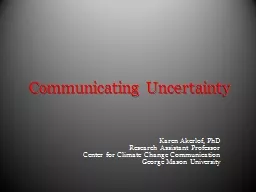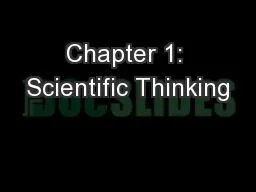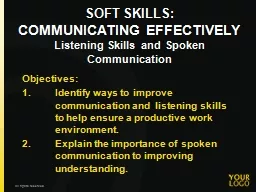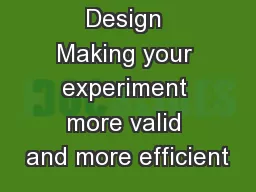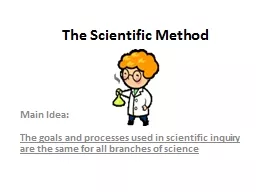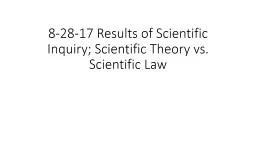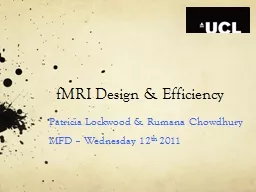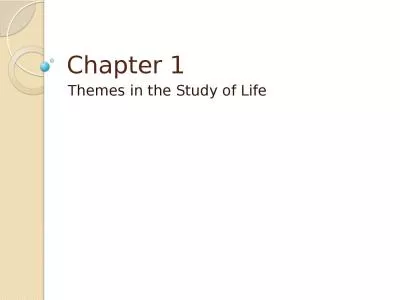PPT-Experimental Design and Communicating Scientific Findings
Author : liane-varnes | Published Date : 2017-06-12
Tyler Bassett and Tomomi Suwa 12072011 Designing A Scientific Study Thoughts on Experimental Design Two types of studies 1 Observational 2 Experimental Observational
Presentation Embed Code
Download Presentation
Download Presentation The PPT/PDF document "Experimental Design and Communicating Sc..." is the property of its rightful owner. Permission is granted to download and print the materials on this website for personal, non-commercial use only, and to display it on your personal computer provided you do not modify the materials and that you retain all copyright notices contained in the materials. By downloading content from our website, you accept the terms of this agreement.
Experimental Design and Communicating Scientific Findings: Transcript
Download Rules Of Document
"Experimental Design and Communicating Scientific Findings"The content belongs to its owner. You may download and print it for personal use, without modification, and keep all copyright notices. By downloading, you agree to these terms.
Related Documents

